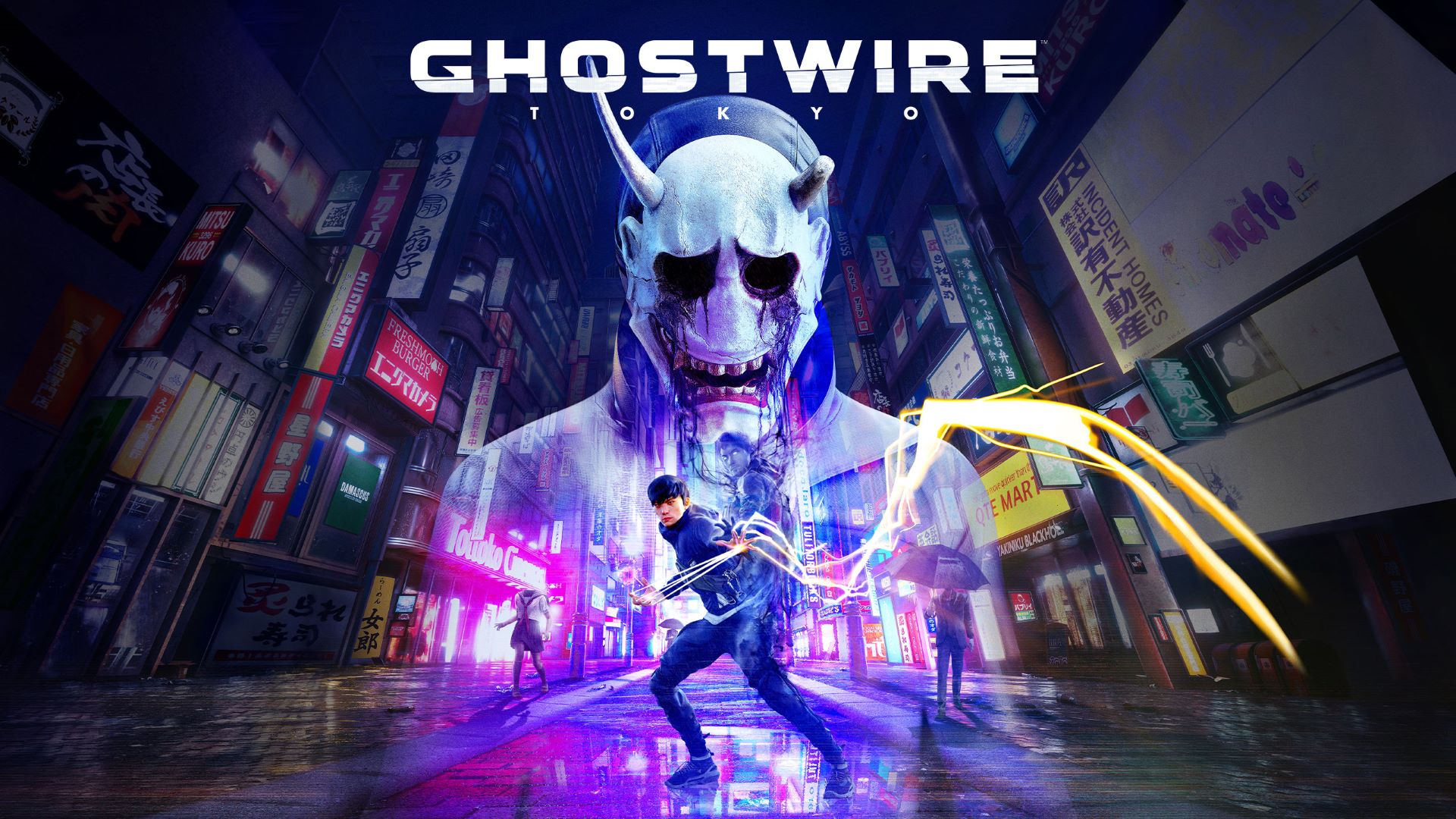Developed By: Tango Gameworks
Published By: Bethesda Softworks
Platforms: PlayStation 5 & PC
Reviewed On: PS5
Review Code Provided Bethesda Softworks
Over the past week, I have been quietly mulling over how having a uniquely Japanese gaming experience feels pretty rare for me, especially in recent months. In my line of work, I play a lot of games and it was weird arriving at that realization especially since The Evil Within 2 came out five years ago. COVID happened for the past two years but still, it’s crazy how long it’s been. The Evil Within was a solid horror experience and although The Evil Within 2 has a more westernized feel to it, I am one of those who did think it was a step up. When Ghostwire Tokyo was announced coming from the same team it was definitely something I was excited about.
Thanks to Bethesda Softworks, we jumped into Ghostwire Tokyo early and even though I could have put out this review when the embargo broke, I really wanted to just play it to my complete satisfaction. The reason for that is unlike some games, Ghostwire Tokyo for me was a very mixed experience as for everything it does right there are other things that just miss the mark. I will attempt to express why and hopefully at the end of this review it will help you to make your own decision on whether you should pick up this game or not.
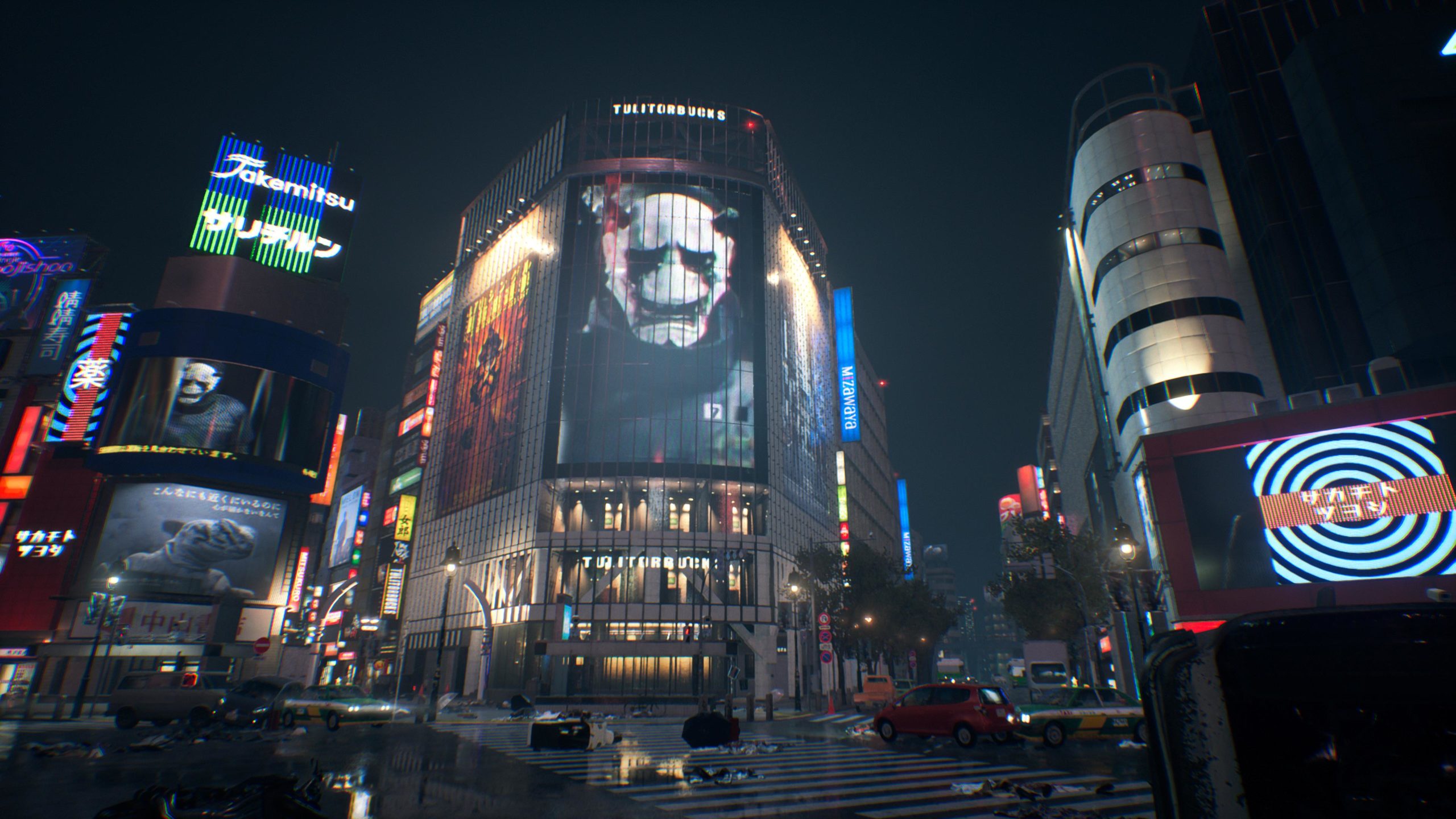
Have You Seen Any Visitors?
Ghostwire Tokyo tells the story of how Tokyo is suddenly enveloped by a strange fog that causes everyone in the city affected by it to suddenly disappear completely. It is quickly established that the cause of this supernatural occurrence is a man wearing a Hannya mask who has nefarious plans of bringing the underworld and the real world closer together. The protagonists of this story are Akito who is possessed by KK, giving him supernatural powers to fight the terrors that have awoken from this fog and together they must thwart the villain’s plans before it comes to fruition.
What came as kind of a shocking surprise to me was how the story in Ghostwire Tokyo is so simple and short it most definitely can be completed in just 4-5 hours, but it is packaged in an optional 30–40-hour open-world completionists dream (or nightmare depends on how you deal with completing all the icons on the map). The story for me didn’t really come together because it left any attempt to flesh out characters almost exclusively to collectibles and just focused primarily on the main story in a very straightforward way that whatever twists they tried to introduce just didn’t elicit the kind of response from me as a player. Now I’m going to go into spoiler territory just to explain more about what worked or didn’t from the narrative in the next paragraph onwards so feel free to skip if you want to remain unspoiled.
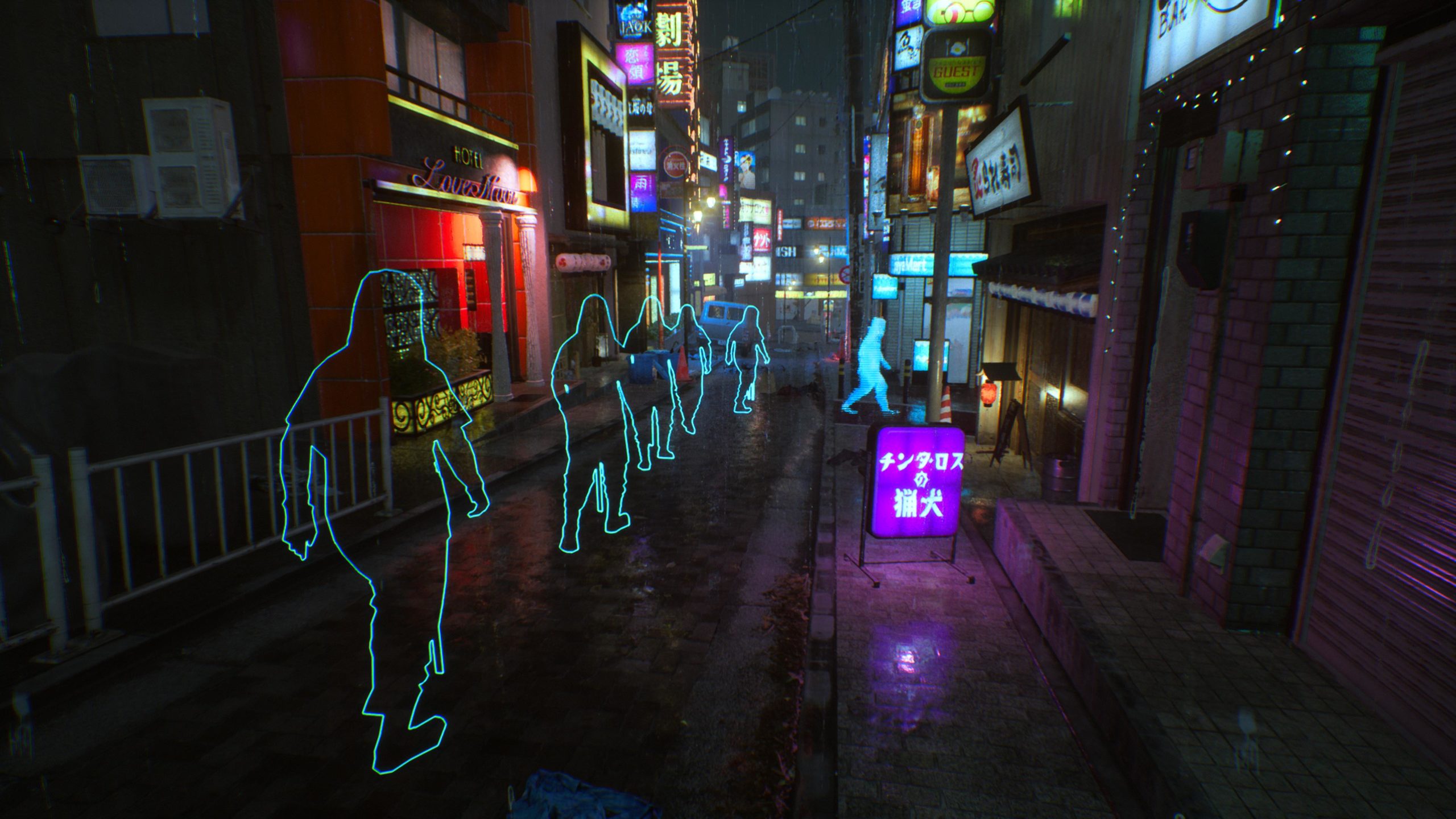
I know the game is described as an action-adventure title with horror elements but it feels like it tries so hard to be a horror game but it’s just through and through a Ghostbusters game. There is absolutely nothing in this game that will scare you. Even though horrific things happen in this game, it just plays out so nonchalantly that it’s hard to take seriously. The main protagonist Akito is just so bland and his involvement in the plot is only because KK possessed him and through plot magic or divine convenience, Akito’s comatose sister Mari is deemed to be the most essential vessel to the villain’s plan succeeding. Instead of trying to establish early why the player should care about that they literally leave it to the end of the game to have some manipulatively timed emotional flashback only for her to die and tell him to “live his life”. The same can be said with the buddy cop relationship between Akito and his ghost companion KK.
I will admit that their relationship did grow on me, but it still felt very disappointing how most of the most interesting aspects of KK and his gang of misfits are relegated to voice logs, reports or certain side quests. Everyone including the main villain just felt very brief and undercooked and when it was over, I was just kind of unfeeling about any of them. What is possibly kind of damning about this is how the developers obviously try to play it off in a voice log confirming that they do know how undercooked their characters are when a character called Ed (who you will never meet or talk to directly throughout the game) tries to explain about another character in their gang called Dale only to casually say “I’m too lazy to explain anything about him”. If they don’t care about their characters, why should we?
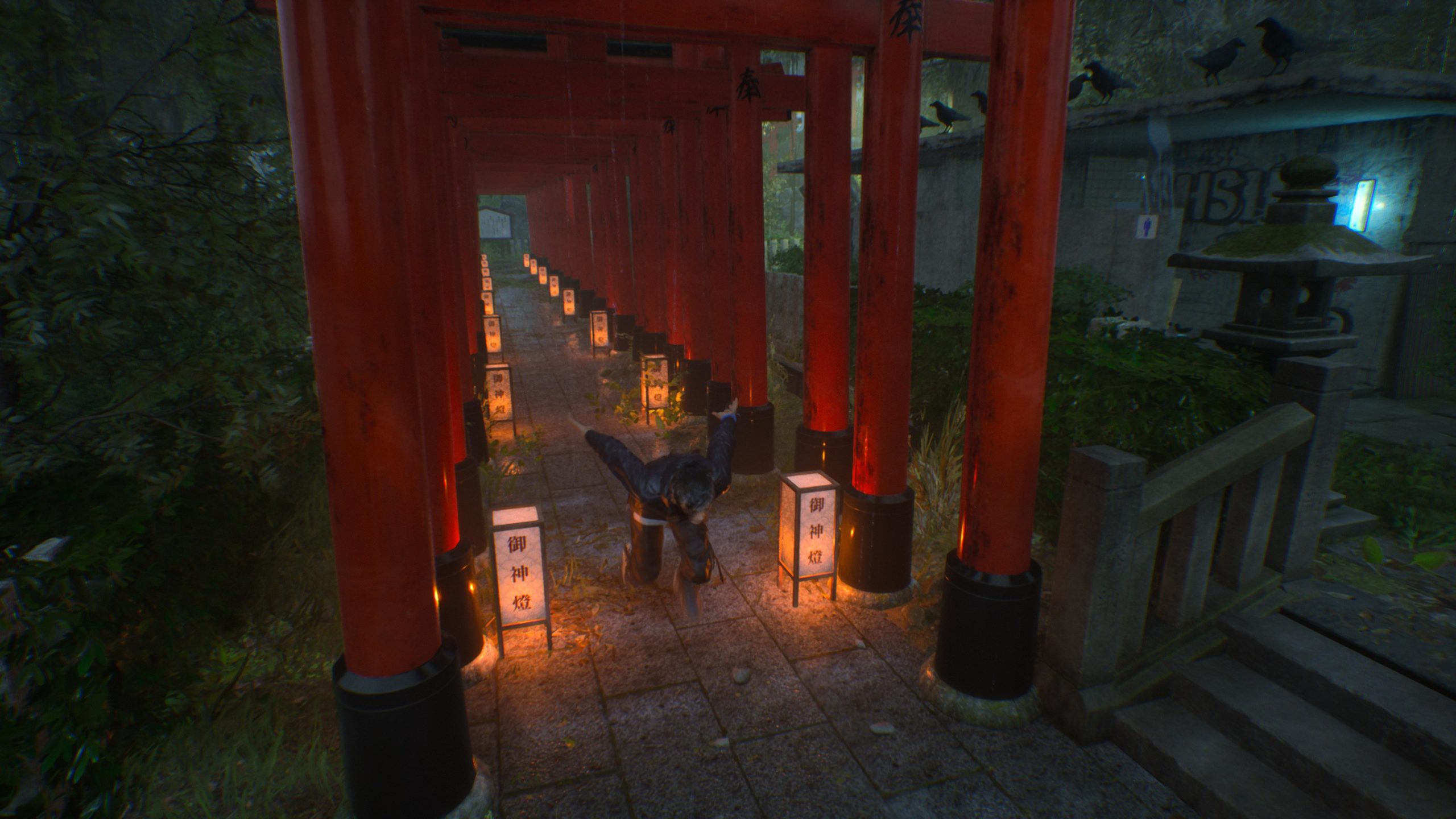
Yokai Are All Around Us
In another surprise, Ghostwire Tokyo has SIX, yes six graphical modes which are Quality, Performance, High frame rate (HFR) Quality, HFR Performance, HFR Quality with VSync, and HFR Performance with VSync. The only mode which is close to 60fps always would be Performance with Quality hovering around the 30fps mark. All the other HFR modes hover around the 40-50 fps marks and I played on HFR Quality with VSync comfortably. The resolution on all modes looked like upscaled 4K but still quite impressive, especially with HDR enabled.
I did notice that the game also supports and has an impressive implementation of 3D audio where when wearing headphones, I could precisely pinpoint the directions of objects or threats. The soundscape as well felt very atmospheric and added to immersion, especially with the clever inclusion of the Dualsense’s mic. Every time KK speaks the mic will accentuate how much he is a supernatural entity by offsetting the dialog between the DualSense mic and the sound from your TV slightly apart to give this haunting effect which is quite cool.
The PS5 features were in my mind quite fantastically incorporated into the gameplay. Proper haptics for environmental effects like rain and adaptive trigger sensations for different Ethereal Weaving spells added quite a lot when immersing the player in the experience. It also helps exponentially how fast the loading speed is in the game when it comes to booting up the game or just fast travelling. There were no bugs that I encountered, and the game was quite polished which is a huge plus, especially in today’s gaming landscape.
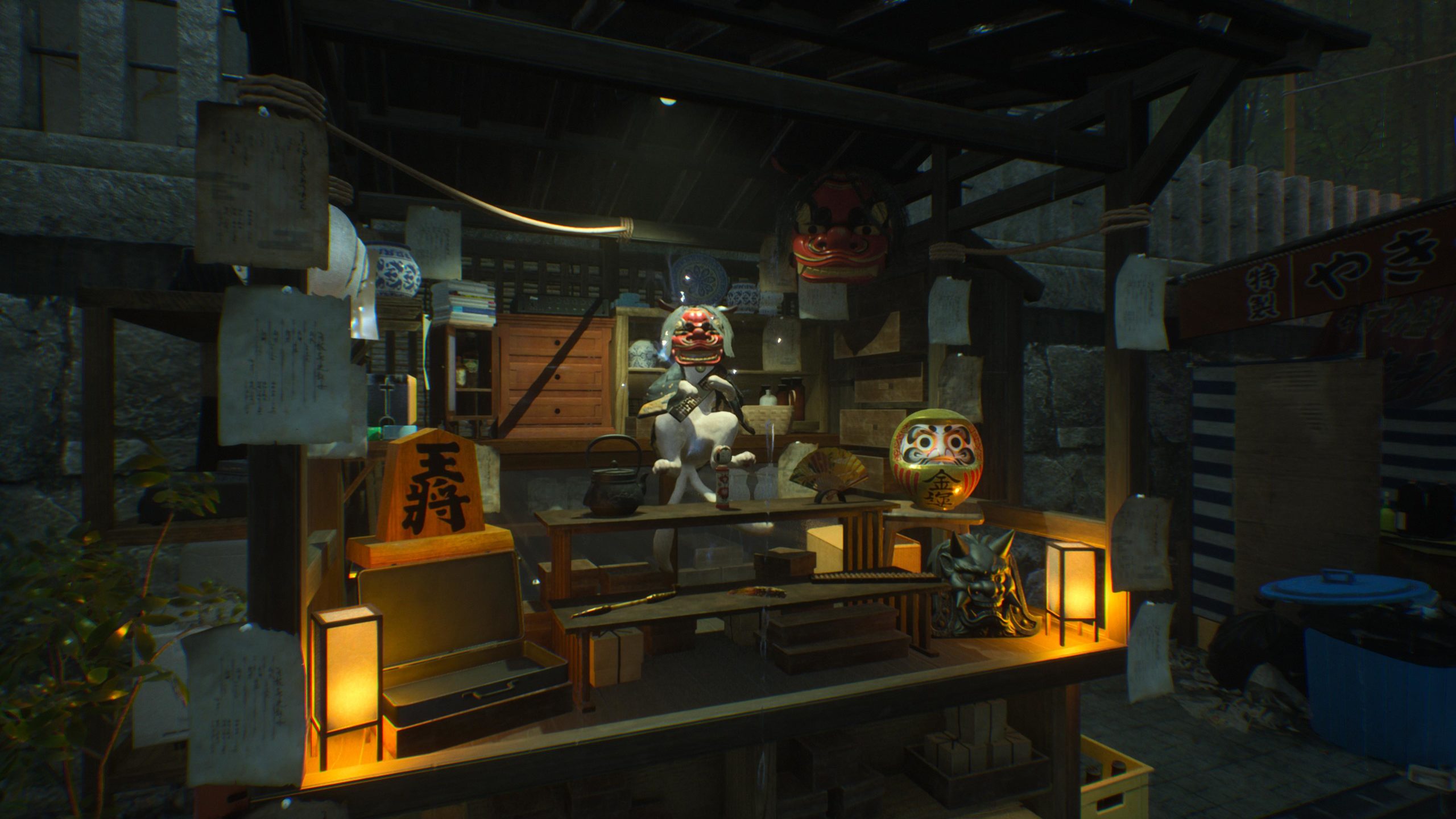
The Body Is Naught But A Vessel For The Soul
The gameplay in Ghostwire Tokyo is deceptively simple. The players will traverse the world in first person and if you have played Mirror’s Edge there is a similar vibe going on here minus the emphasis on parkouring. Instead, players will be running around imbued with Ethereal Weaving powered courtesy of KK split into three types, Wind, Water and Fire. The weirdly accurate but simplest way I can describe them is Wind is like a Pistol, Water is like a Shotgun, and Fire is like a Grenade Launcher, and you have a universal ammo type called Ether. You can block using a shield with your R1 trigger and a huge part of your playtime will be to absorb souls using Katashiro (resembling a paper person) which will contribute to you stealing the souls from under the villain’s nose and helping you to level up and unlock skills faster.
Like most open-world games the gimmick in this one is you need to cleanse a Torii gate to reveal and make that area accessible for traversal. Along the way, you will also be able to complete side quests from spirits who have unresolved issues and encounter Nekomatas (kawaii) who will task you to find rare relics scattered about the map in exchange for Meika (cash) to purchase outfits, music, or Magatama (to further unlock skill trees) or KK Investigation Notes (to unlock skill points).
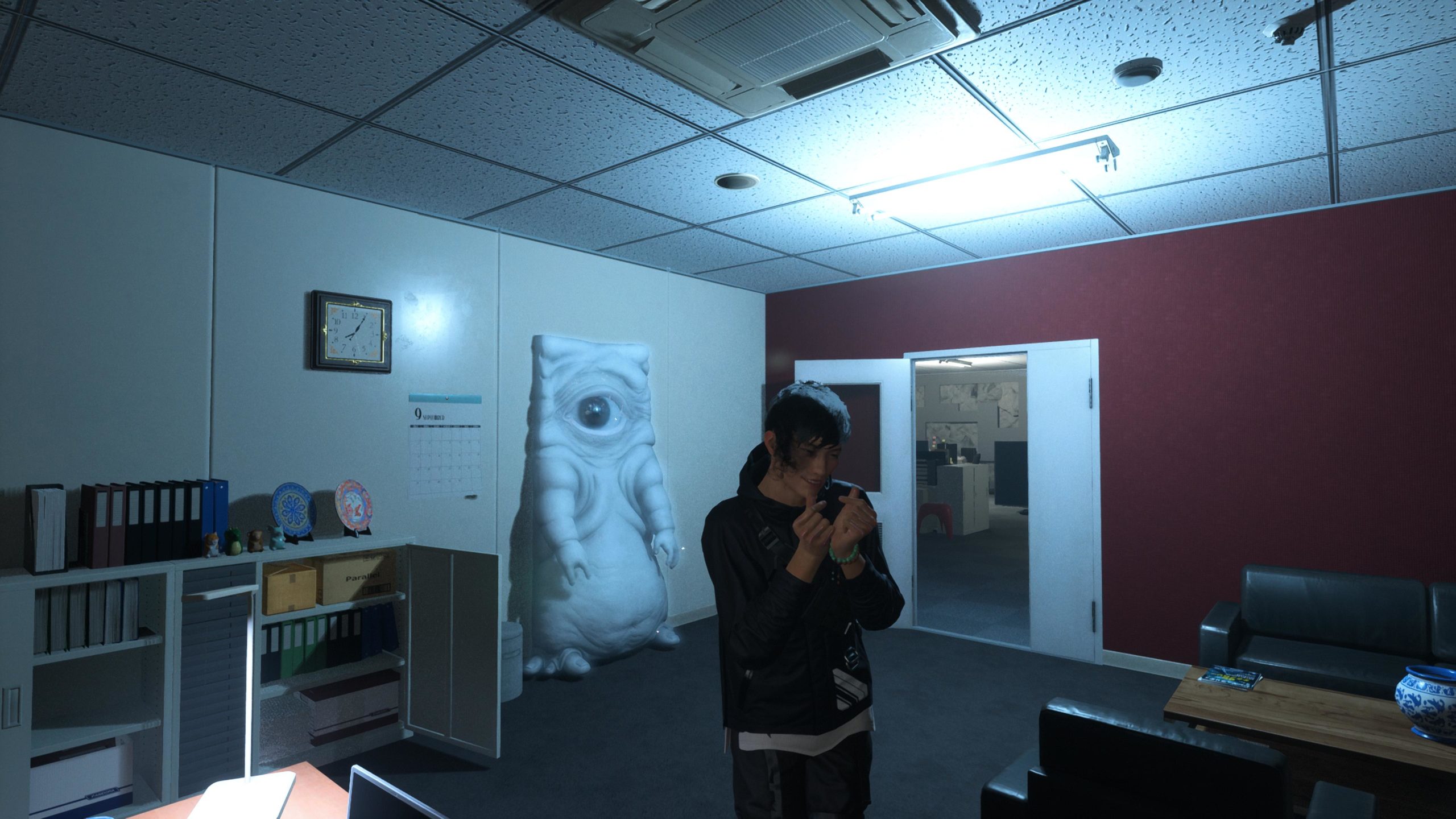
If that has given you an inkling of how many things there are to do in this game and yes there are a ton of things to do, most of them are just busywork that rarely feels rewarding. There are a bunch of sidequests that are apparently inspired by real-life events but due to the general feeling of the game being very Ghostbustery, it does feel like a monster of the week kind of deal. Not that the lore established in the game isn’t interesting, it all is but most of it is handled very brief and without weight so it can feel like a revolving door of things to check off after a while.
There are only a very small handful of side quests that are either funny or interesting enough to be remembered but most of them are just so painfully okay that they all meld together. Even when it comes to the battles themselves there is a very small element of strategy in utilizing a Weaving type or positioning before I realised it’s just mostly me standing there going pew-pew. Sure there is a difficulty option (Easy, Normal, Hard, and Tatami) but it’s just how average the whole experience with combat is that even the unique enemies encountered just feel one-note.
What could possibly be the biggest problem for me with the game is how it is at odds with itself in obvious ways but never bothers to explain at all. I mean the obvious inspiration from The Matrix is very apparent even down to communicating with the “real world” using telephones but only some aspects of the supernatural meeting technology are explained when it’s convenient. One of the biggest would be my wife asking me why the Ethereal Weaving looks like a cross between mystical and technological but I suppose it’s just the art style the team decided to adopt. It’s great when it makes sense but when it doesn’t it feels very awkward. Like I get that everyone in Tokyo has turned into spirits, so why are their spirits on inaccessible areas of buildings like the rooftops or water tanks? And collecting all of them is supposed to stop the villain from executing his grand plan but doing so affected nothing at all except for unlocking extra items and a trophy.
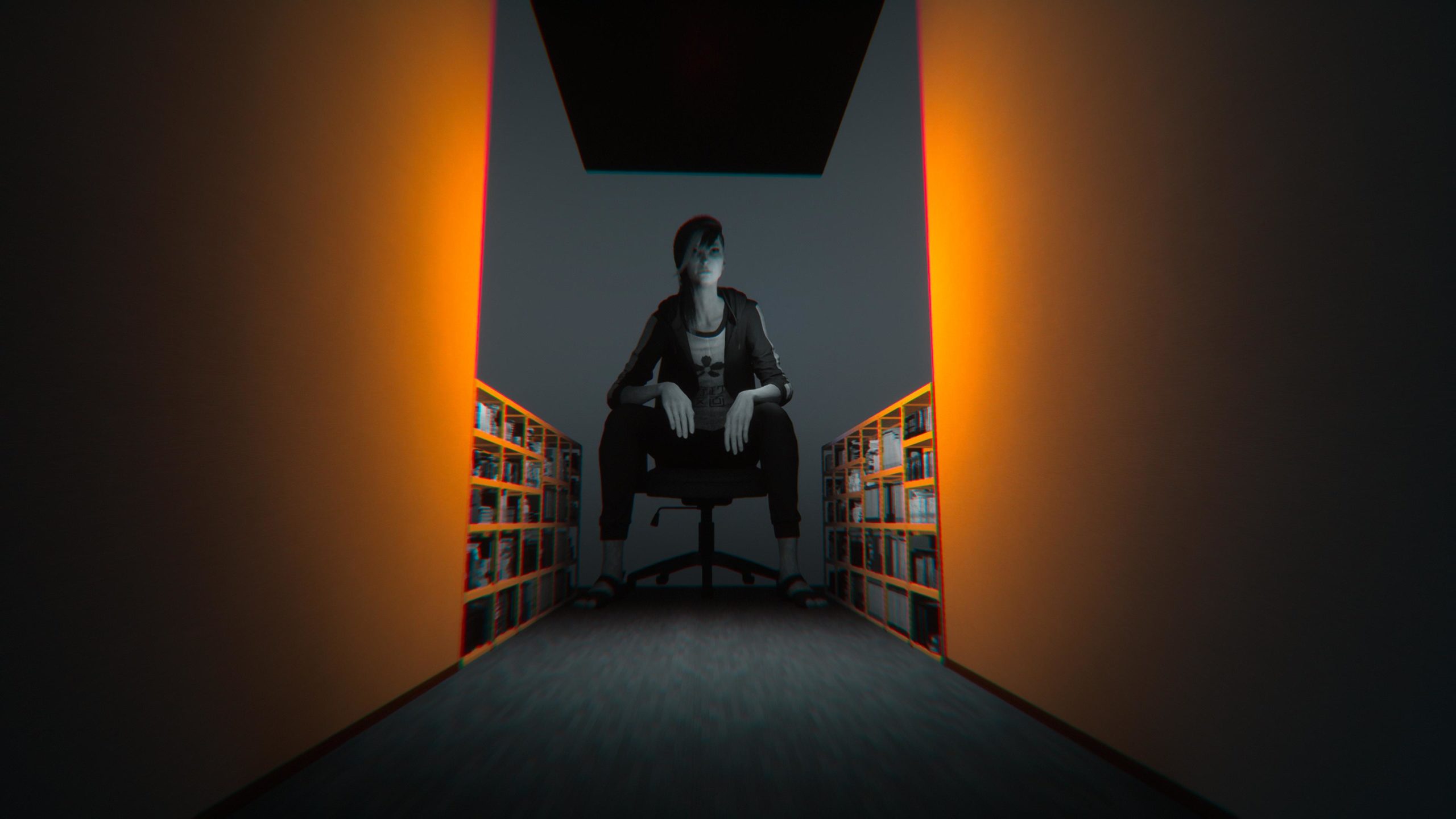
What I Liked
- Graphics & Art style – I really like the art style adopted as Tokyo feels amazing and even the multiple enemies you encounter look great with very interesting reasons for their appearance.
- Polish – I don’t think this is said enough but I am very thankful and appreciative of how this game was very polished.
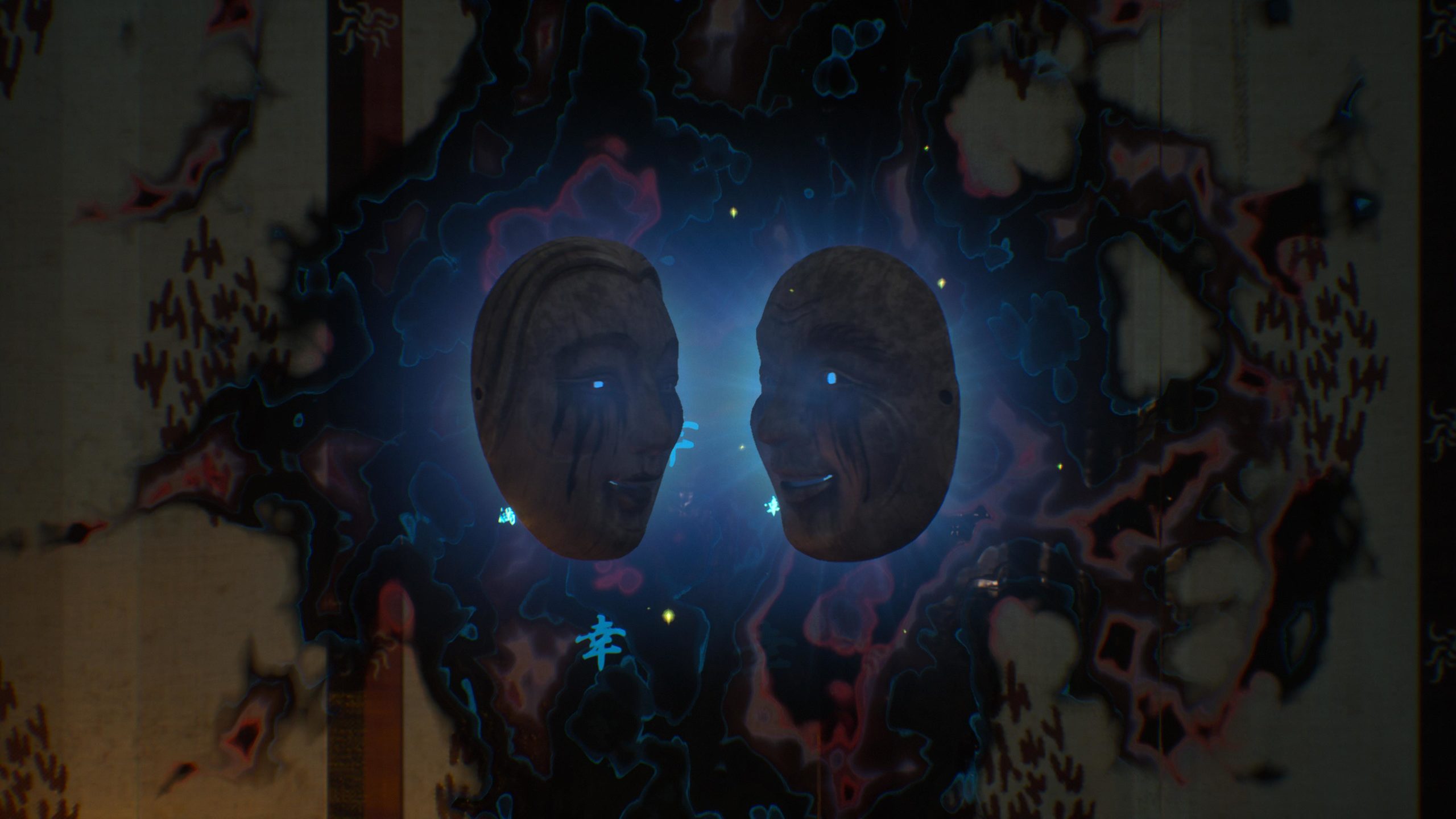
What I Wished Was Better
- Story & Characters – It’s quite disappointing how brief and simple everything ended up feeling. There are some characters that you don’t even meet because they either got cut or are left for a sequel or DLC.
- Gameplay – There is a very solid framework here and I do mean that. It just needed to be deeper and have more variation besides always feeling like it just scratches the surface in every aspect it approaches.
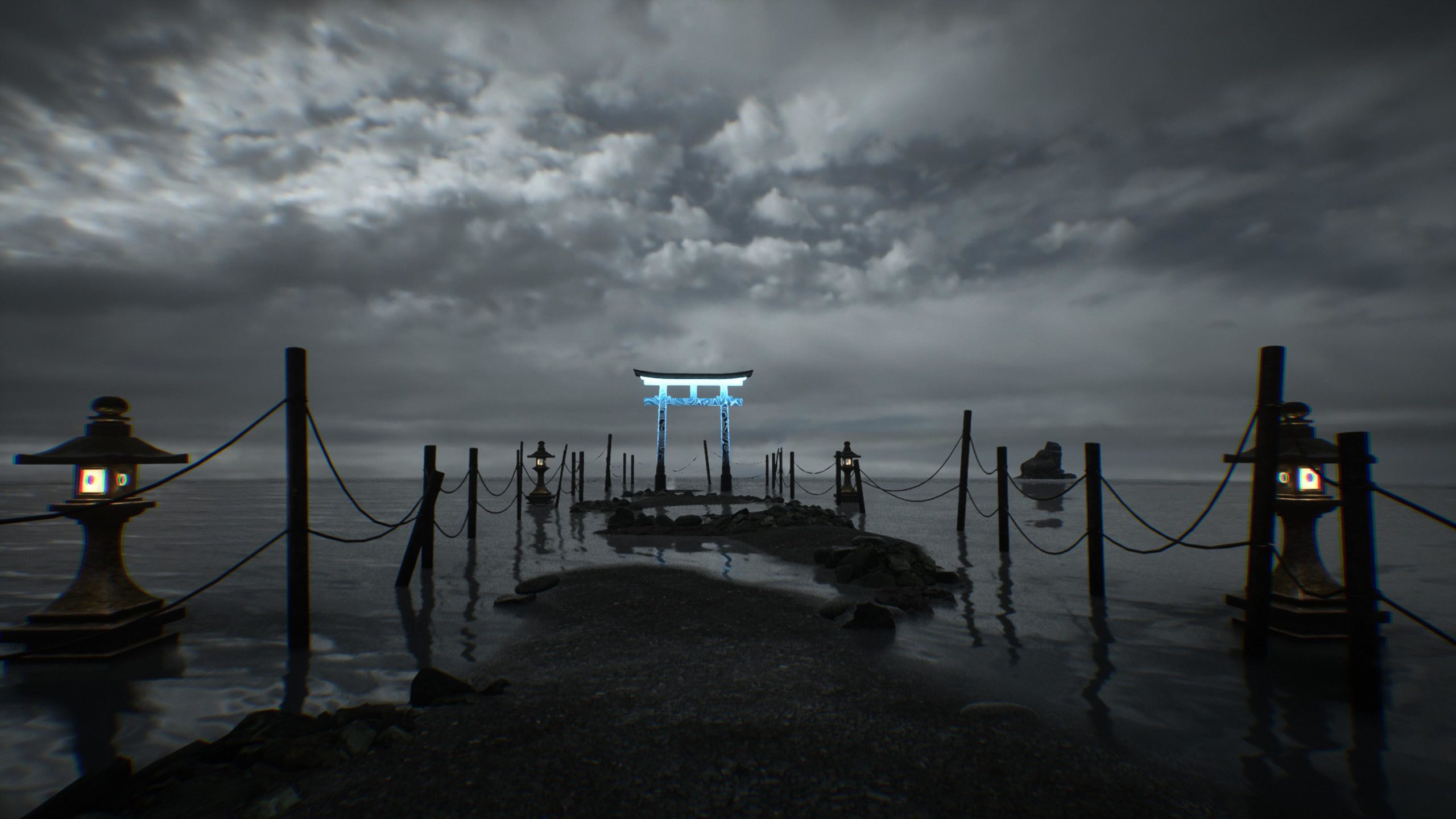
O Vagrant Souls, Gather Unto Me
When I wrapped end credits and got my platinum a couple of hours later, I didn’t hate the experience (well not entirely) but it did leave me with the unfortunate feeling of it fading to obscurity faster than it deserves to be. It is no where close to being a bad game but it’s also stubbornly just a good game and never ever tries to be greater. I really expected more especially coming off The Evil Within 2 but if the team does get to follow up on this universe that they really approach it in a deeper and more meaningful way. The amount of Japanese folklore included in this game is so rich and ripe for further exploration only for the main narrative experience (at least for me) to fall flat on its face.
Against all odds, I found a place for this game and that is in those moments where you really have no idea what game to play because there aren’t any good games on the horizon, that is when you play Ghostwire Tokyo. It respects your time enough to not force you through slog and activities you might get bored by, but it also disrespects your time by underbaking aspects that most people would enjoy like the gameplay and characters. But of course, all of this would be subjective to every player, and I did enjoy my time with Ghostwire Tokyo. It might sound like I was frustrated with it, but I well and truly wasn’t. It just didn’t make me care enough to even feel that way.
